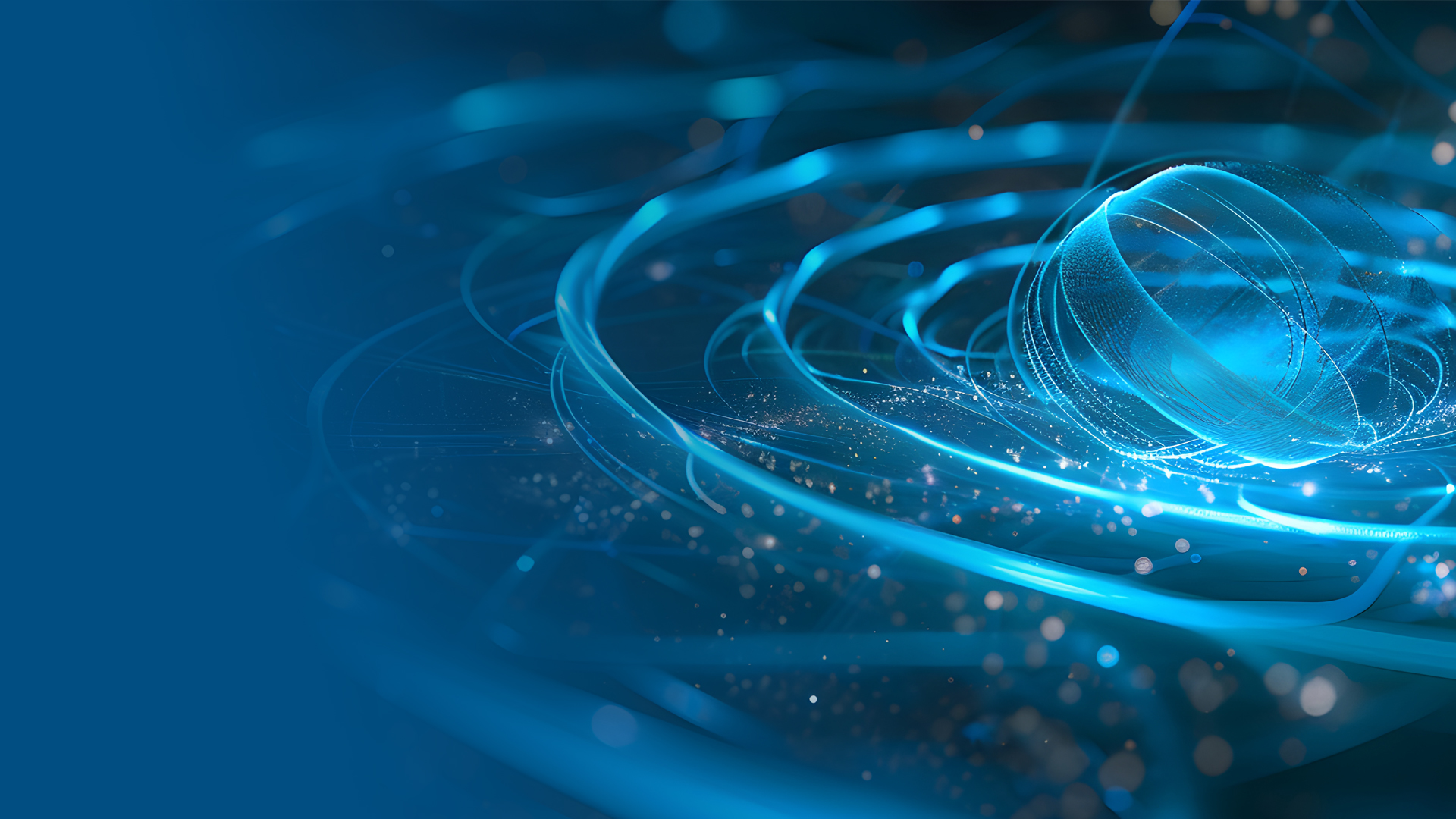Webinar Overview
This webinar will provide an overview of Chemical Exchange Saturation Transfer (CEST) MRI, from its physical principles and experimental design to the key factors influencing endogenous CEST signals in vivo. We will explore both physiological and technical sources of contrast, the complexity of in vivo CEST signals, and common artifacts such as fat contamination and field inhomogeneities.
The session will also highlight essential correction strategies for achieving quantitative CEST MRI and showcase current applications in cancer and neuroimaging. Preclinical studies at ultra-high magnetic fields—such as the DKFZ’s 9.4 T Bruker system—play a key role in advancing methodological development, enabling a deeper understanding of complex CEST signal behavior in vivo and paving the way for clinical translation.
Thursday, 6 November 2025
10 AM CET
What to Expect
Join Dr. Philip S. Boyd for an in-depth exploration of Chemical Exchange Saturation Transfer (CEST) MRI, covering its theoretical foundations, practical implementation, and cutting-edge applications in cancer and neuroimaging. This webinar will guide attendees through the complexities of in vivo CEST signals, correction strategies for artifacts, and the translation of preclinical findings into clinical practice.
Key Learning Points
- Understanding the CEST Phenomenon and Theory
- Applications in Cancer and Neuroimaging
- Achieving Quantitative CEST imaging In Vivo
Who Should Attend
This webinar is ideal for researchers, clinicians, and imaging specialists working in MRI, oncology, neurology, or molecular imaging who are interested in advancing their understanding of quantitative CEST techniques and their translational potential. It will also be highly educational for graduate students and early-career scientists beginning their journey in MRI, offering foundational insights and practical guidance.
Speaker
Dr. Philip S. Boyd
Ph.D. in Physics from Heidelberg University and leads the CEST Imaging Group at the German Cancer Research Center (DKFZ) in Heidelberg
Dr. Philip S. Boyd holds a Ph.D. in Physics from Heidelberg University and leads the CEST Imaging Group at the German Cancer Research Center (DKFZ) in Heidelberg. His research focuses on developing and refining advanced CEST imaging techniques, including pH imaging and fat artifact correction. He combines experimental imaging, mathematical modeling, and data analysis to drive CEST applications from preclinical research to clinical translation.
